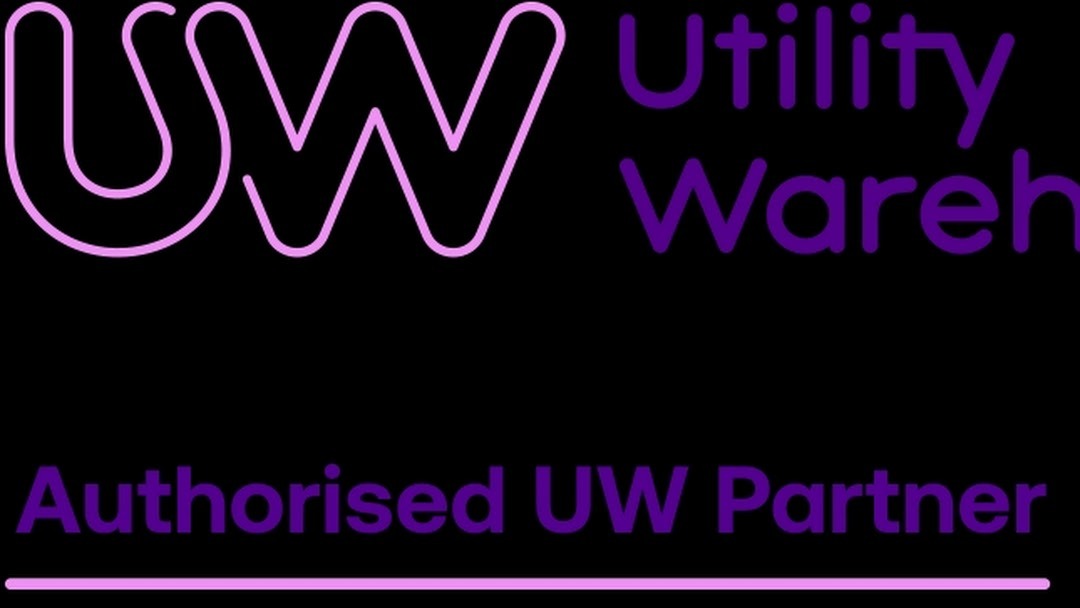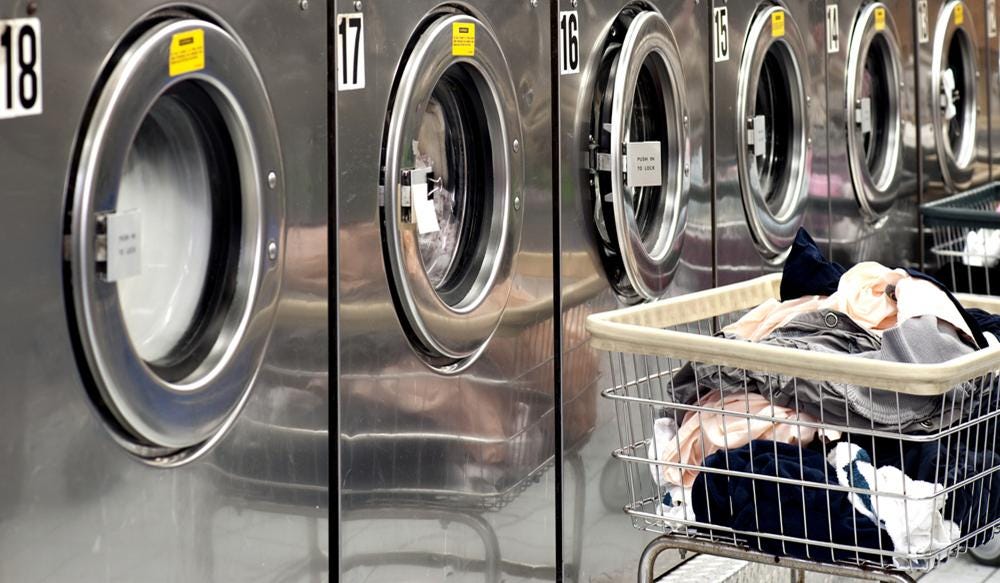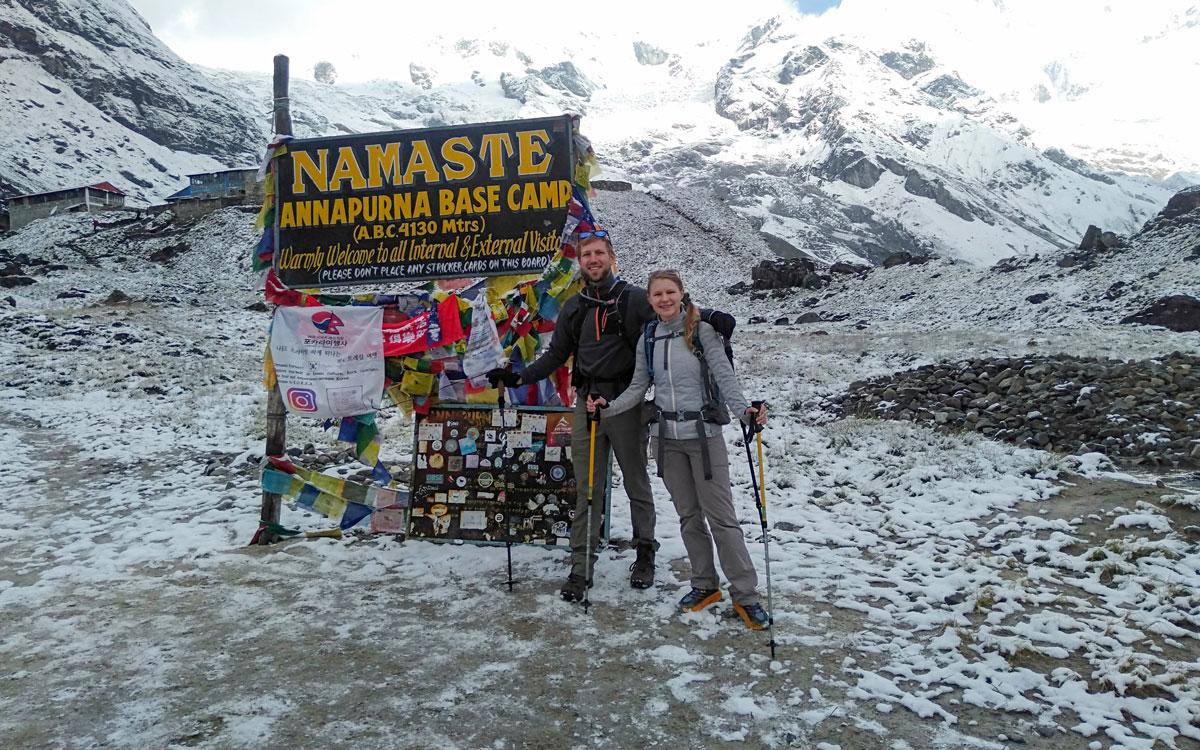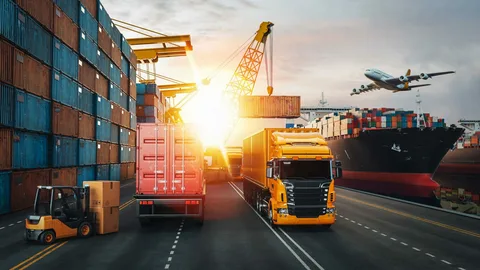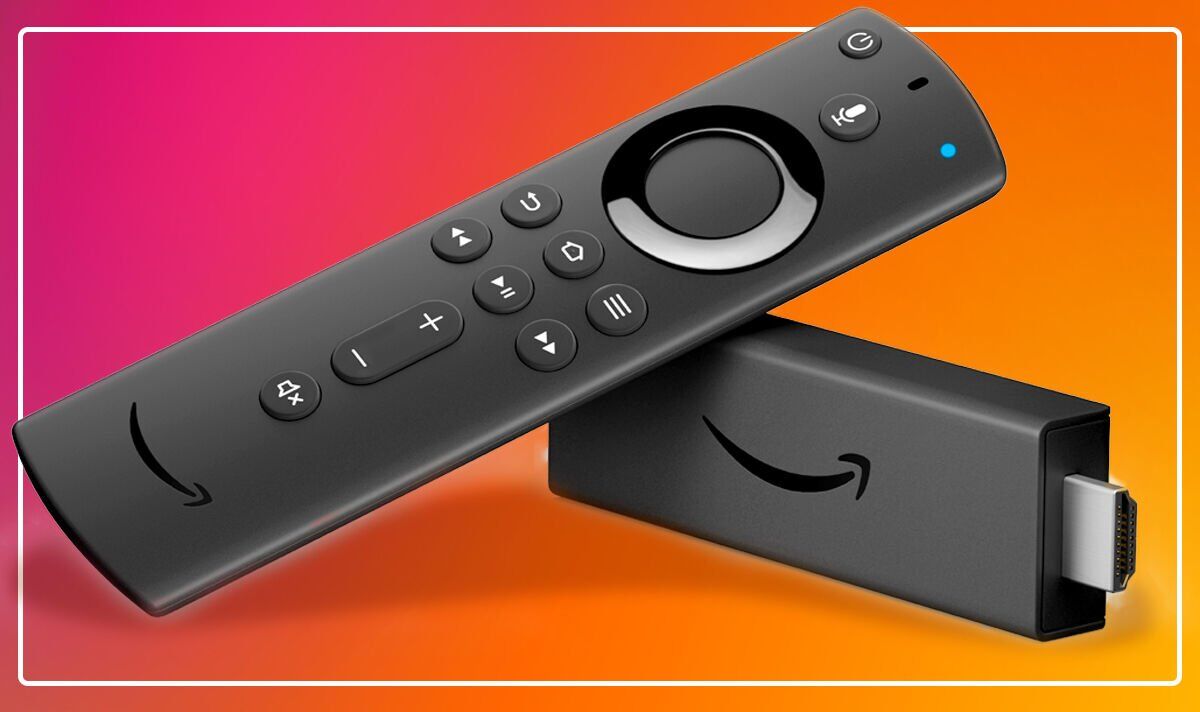Introduction to the Future of Transportation
As cities expand, and populations grow, the need for efficient and high-speed transportation becomes increasingly vital. This article explores two revolutionary technologies—Hyperloop and Maglev trains—and their potential to transform the future of transportation.
Hyperloop: Revolutionizing High-Speed Travel
- Concept and Design: Hyperloop, conceived by Elon Musk, involves passenger pods traveling through low-pressure tubes at high speeds using magnetic propulsion.
- Potential Benefits: Hyperloop promises to revolutionize transportation with its potential for high speeds, energy efficiency, and reduced travel times.
Maglev Trains: Magnetic Levitation for Efficient Rail Travel
- How Maglev Technology Works: Maglev trains use magnetic levitation to lift and propel the train, eliminating friction and allowing for faster, smoother travel.
- Advantages Over Traditional Trains: Maglev technology offers higher speeds, lower maintenance, and a quieter, more comfortable ride compared to traditional trains.
Comparing Hyperloop and Maglev Trains
- Speed and Efficiency: Hyperloop generally aims for higher speeds, while Maglev trains offer a proven and reliable high-speed transportation solution.
- Infrastructure Requirements: Both systems require specialized infrastructure, with Hyperloop relying on vacuum tubes and Maglev needing dedicated tracks.
Challenges and Considerations in Implementing Hyperloop and Maglev
- Cost Considerations: The implementation of Hyperloop and Maglev systems poses significant financial challenges, requiring substantial investment in infrastructure development.
- Safety and Regulatory Challenges: Ensuring the safety of passengers and meeting regulatory standards are critical hurdles for both technologies.
- Public Acceptance: Gaining public acceptance and addressing concerns about safety and disruptions are crucial for the success of these technologies.
Real-world Examples and Test Projects
- Hyperloop Test Tracks: Various companies are conducting test projects to validate the feasibility of Hyperloop technology.
- Operational Maglev Systems: Maglev trains are already operational in some countries, including Japan and China, showcasing the viability of the technology.
Environmental Impact and Sustainability
- Energy Efficiency: Both Hyperloop and Maglev systems boast energy-efficient designs, consuming less energy compared to traditional modes of transportation.
- Reduced Carbon Footprint: The use of clean energy sources and the reduction of emissions contribute to a more sustainable and environmentally friendly transportation solution.
Integration with Existing Transportation Systems
- Last-Mile Connectivity: Integrating Hyperloop and Maglev with existing transportation systems improves accessibility and provides efficient last-mile connectivity.
- Intermodal Transportation Hubs: Creating intermodal transportation hubs enhances the overall efficiency and convenience of these transportation modes.
Future Innovations and Technological Advancements
- Hyperloop Pod Designs: Ongoing innovations in pod designs aim to enhance passenger comfort, safety, and speed.
- Maglev Train Improvements: Continuous improvements in Maglev technology focus on increasing efficiency, reducing costs, and expanding its applicability.
Global Adoption and Market Trends
- Countries Investing in High-Speed Transportation: Several countries, including China, Japan, and the United Arab Emirates, are investing heavily in high-speed transportation projects.
- Economic and Social Implications: The widespread adoption of Hyperloop and Maglev systems can have profound economic and social implications, fostering connectivity and economic growth.
Potential Impact on Urban Planning
- Hyperloop and Maglev in Urban Development: The introduction of these technologies influences urban planning, leading to the development of smart cities with efficient and sustainable transportation systems.
- Decongesting City Traffic: By providing rapid transit options, Hyperloop and Maglev contribute to decongesting city traffic and reducing reliance on traditional road networks.
Public Perception and Trust in Emerging Transportation Technologies
- Building Public Confidence: Effective communication, transparency, and public education efforts are essential for building trust in emerging transportation technologies.
- Communication and Transparency: Open communication about safety measures, benefits, and potential challenges helps in shaping positive public perceptions.
Regulatory Frameworks for Hyperloop and Maglev
- International Standards: Establishing international standards for safety and operations ensures consistency and interoperability.
- National Regulations: Countries need to develop comprehensive regulatory frameworks to govern the implementation and operation of Hyperloop and Maglev systems.
The Role of Public and Private Sector Collaboration
Public and private sector collaboration is crucial for the successful implementation of Hyperloop and Maglev technologies, combining resources, expertise, and innovation to overcome challenges.
Conclusion
In conclusion, the future of transportation holds exciting possibilities with the advent of Hyperloop and Maglev technologies. While facing challenges, these innovations promise to reshape how we travel, offering unprecedented speed, efficiency, and sustainability. As the world embraces these advancements, careful planning, collaboration, and regulatory frameworks will be key to realizing the full potential of these transformative transportation solutions.
FAQs
How do Hyperloop and Maglev technologies differ in terms of speed and efficiency?
Hyperloop generally aims for higher speeds, while Maglev trains offer a proven and reliable high-speed transportation solution.
What are the major challenges in implementing Hyperloop and Maglev systems?
Challenges include significant costs, safety and regulatory considerations, and the need to gain public acceptance.
Are there operational Maglev systems in use today?
Yes, operational Maglev trains are in use in countries like Japan and China, showcasing the viability of the technology.


